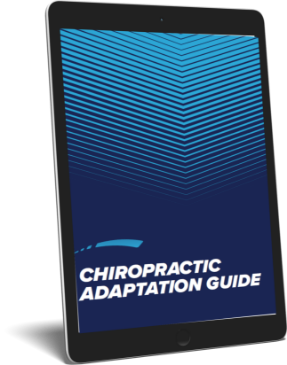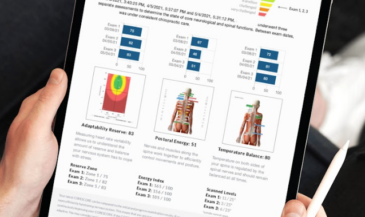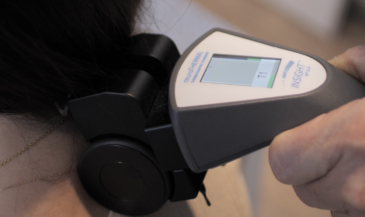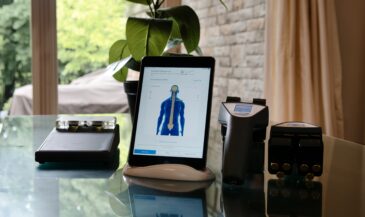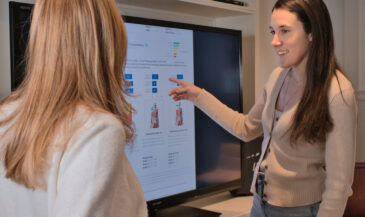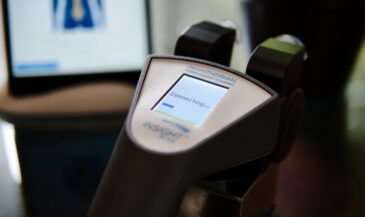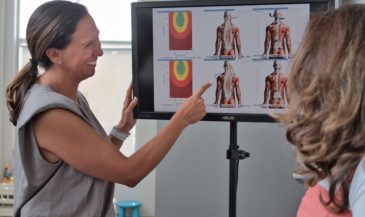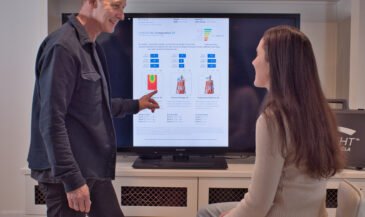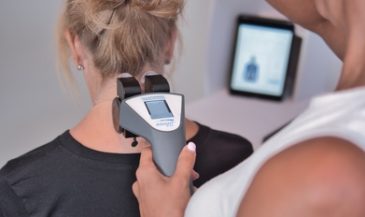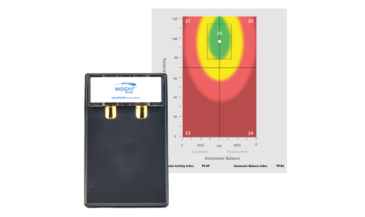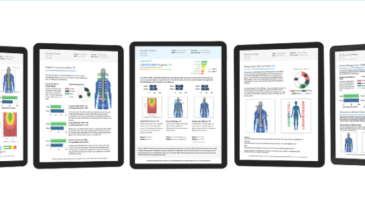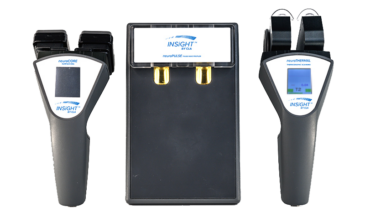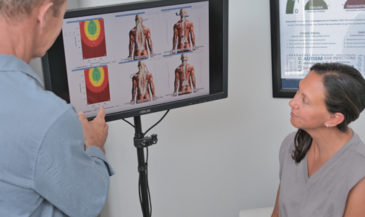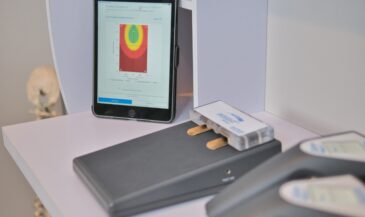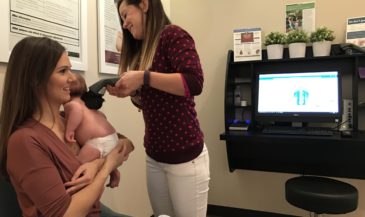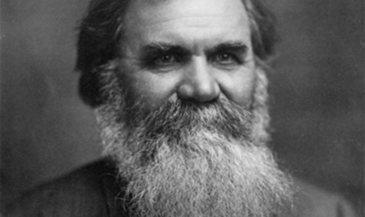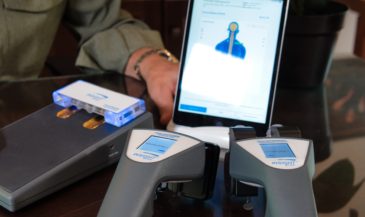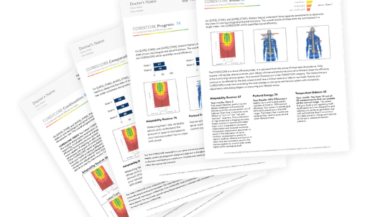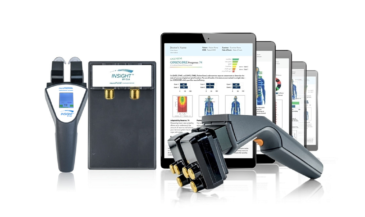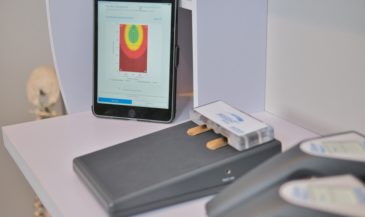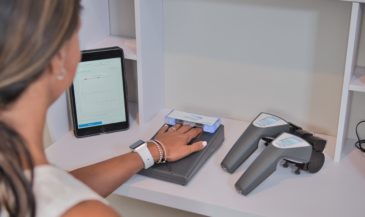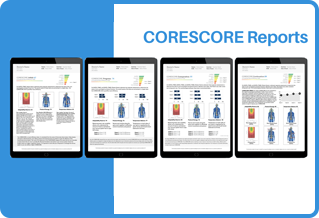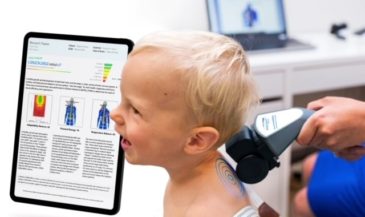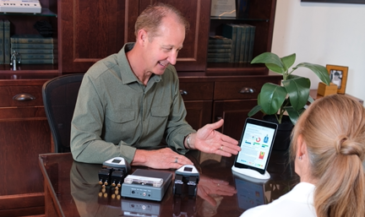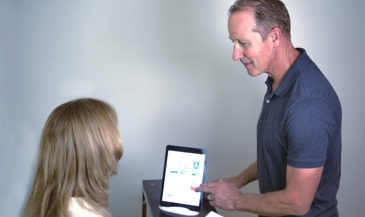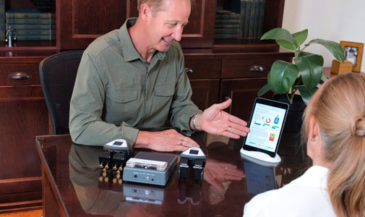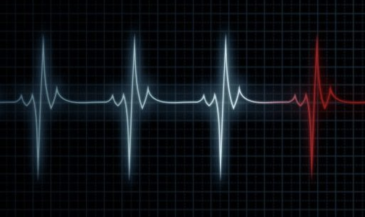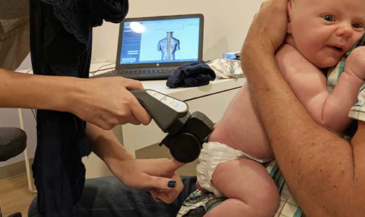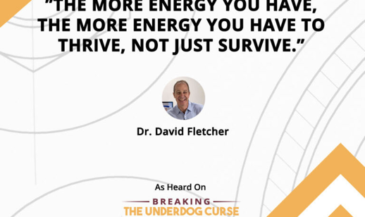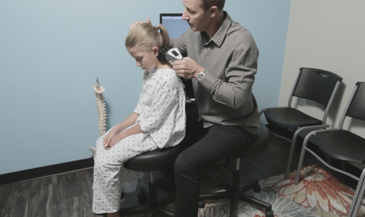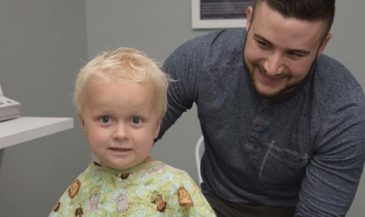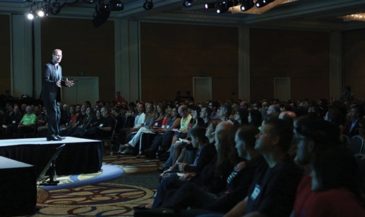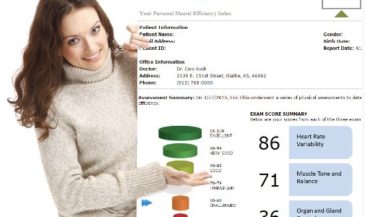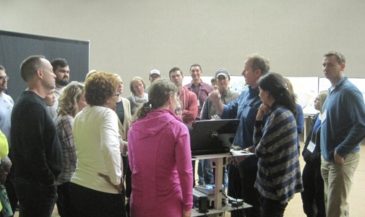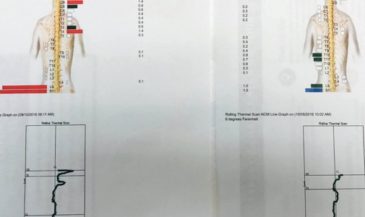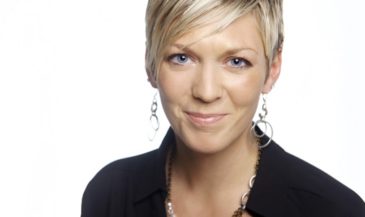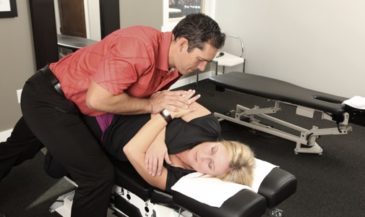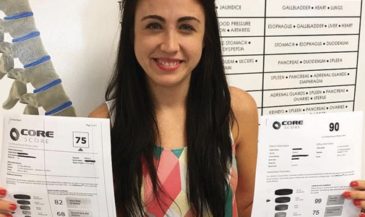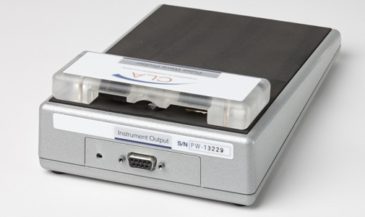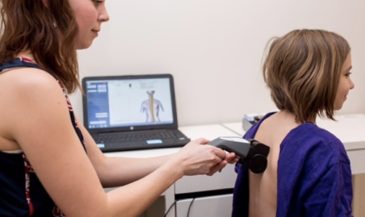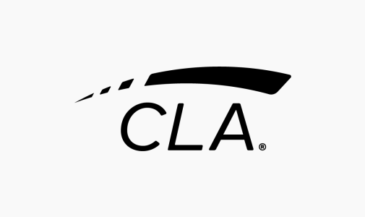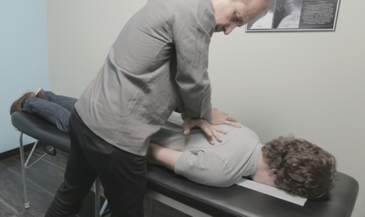A classmate and wonderful humanist wrote a recent blog on how in the early years of practice he was dedicated to helping patients get through their crises. Over the years he “graduated” to include the healing perspective to that noble cause of helping. Recently, an original patient of his re-activated their care and was looking for the same miraculous fix that was offered years earlier. Bob used this experience to emphasize in his own mind how remarkable his life journey had evolved, to become the community healer rather than simply, the personal therapist.

Instead of being distracted and judgmental of this person who never “got” chiropractic, he went on to describe how the opportunity arose to invite this injured person into the new world of healing while getting help along the way. I have always said that, “what you bait your hook with is what you catch”. If we are dedicated to helping and caring for the symptomatic community, we fill our space with those people. I have seen that in the learning years of early practice, it’s common to become the pleaser and gradually adopt a narrowed perspective.
Justification becomes the valued ally. Thoughts and comments like, “I’ll tell the BIG chiropractic story when THEY are ready to hear it”, become the norm. “They can’t hear the story if they are in pain.” I’ll adjust them a few times and then tell them the long term care plan and benefits.” “Let’s see how you feel after a few visits and the we can set a corrective and maintenance schedule.” These comments are heard throughout the profession and appear to be the consequence of choosing to be a helping professional combined with an insecurity of what chiropractic care can really do for that patient and their family. Sadly, the effort to please, combined with the angst of rejection, create the ennui that erodes our very presence in healthcare and within the community.
“If they knew what you knew, they would do what you do”. Sound familiar? It’s a nice bromide but the reality remains that people live in ruts and live through habits that are lifelong in the making. Choosing a medical, pharmacologic and symptom-relief path becomes their logical approach. Yet these are the same people who buy organic vegetables and meat, work out and generally crave a wellness lifestyle. Whole Foods is full of these people and so are the Walgreens and CVS who offer the “Wellness Pharmacy” option with available flu shots. The disconnect is not their willingness, it’s our presentation and their limited choices. When chiropractors continue to confuse the public with the bait and switch approach, a limited perspective of what chiropractic can achieve or a quasi-religious approach, it’s no wonder they default to the most advertised model of health care. I, for one not satisfied with simply acquiescing to this cultural numbness. My decision to dedicate my life path to being a chiropractor demands that I stand up and profess my values. A practice member with identifiable subluxations is best cared for with an immediate adjustive care schedule and an ongoing commitment to getting checked consistently while spending time in the presence of trusted advisors, including chiropractors. A profession must profess itself to be heard and accepted. To be a professional, one must do the same. It’s not a difficult path to take. However, it is a path that demands dedication to mastering new skill sets that include listening, adjusting, communicating, team building and endless dreaming.
I believe that beyond making personal commitments, the path towards changing how we are perceived begins by trusting the patient. Let’s enter into the patient’s world with so much confidence in ourselves and our abilities that we can give them our full non-judgmental, permission to view their health the way they choose, but at the same time be relentless and dedicated to slaying the myths that have mesmerized them and offering a path based on outcomes that extend beyond symptoms all the way to vitality, performance and ultimately, potential. We should bring our educated understanding to the conversation, but it does not end there. That is the path of the helper. There is one certainty that I am aware of in caring for people, and that is that love transcends all obstacles. If you love yourself and the choices you made to become a chiropractor, that same love becomes the foundation for all other loving acts on the continuum from being a helper to becoming a healer.
Thanks for reading!



